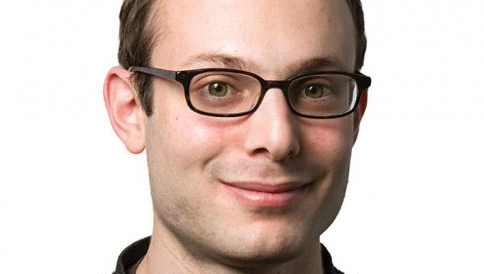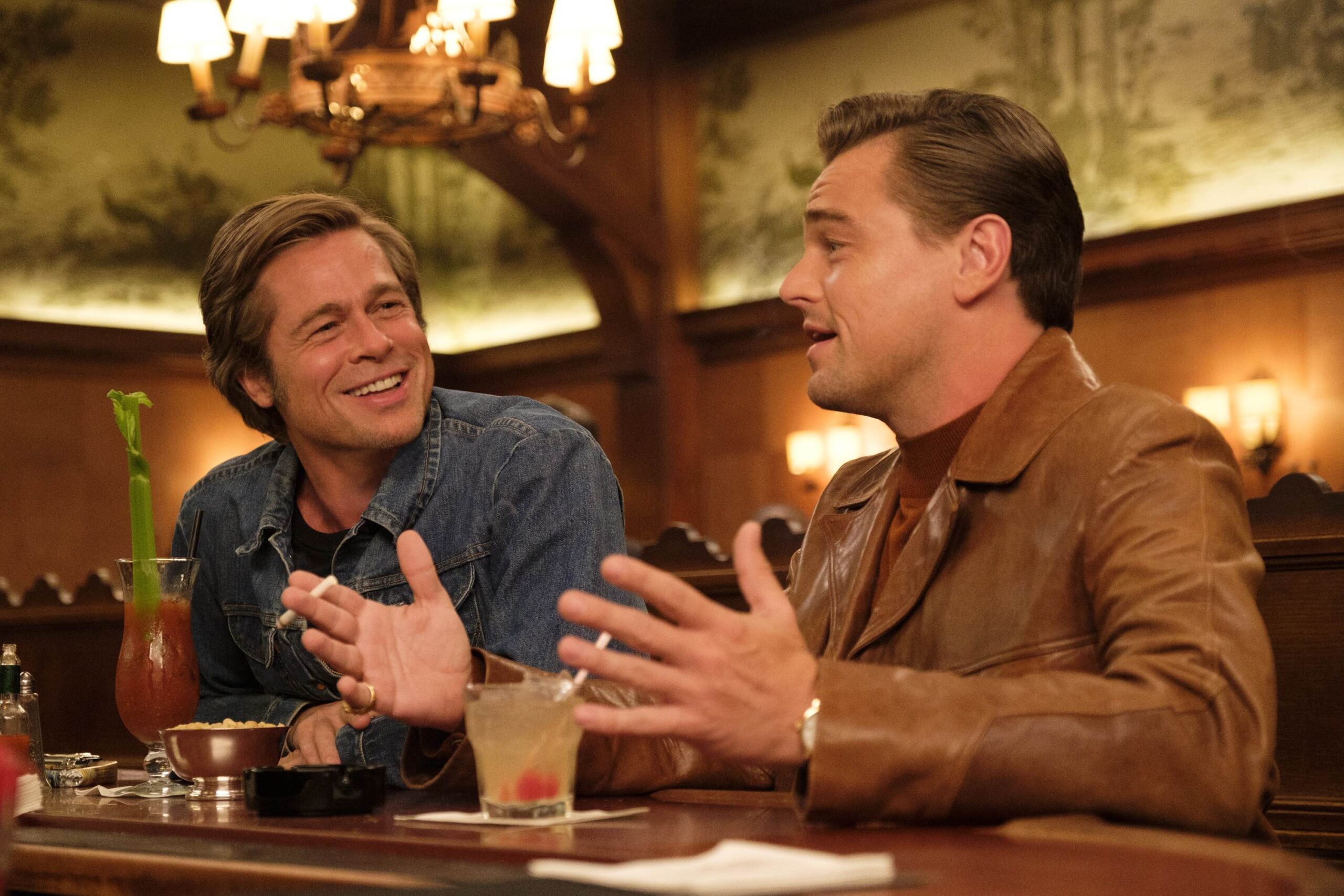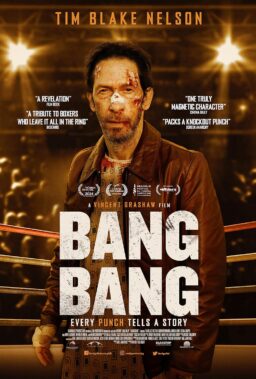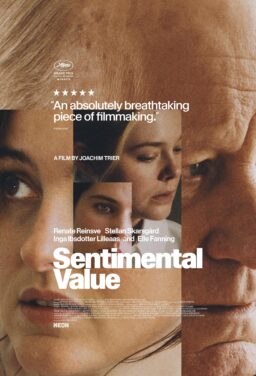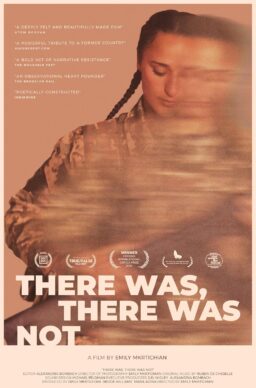I’m not officially on the “Once Upon a Time … in Hollywood” beat—Barbara Scharres is covering this year’s competition titles—but there are times when Cannes comes to a halt and the entire festival coalesces around one film. The return of Quentin Tarantino to the Croisette on the 25th anniversary of “Pulp Fiction” marked just such an occasion, to the extent that there seems little point in writing about anything else. (My sympathies to Oliver Laxe, whose film “Fire Will Come” screened inside the Debussy theater directly prior to the Tarantino. Pretty much the entire international press corps was outside, lining up, instead of watching Laxe’s film.)
You may read elsewhere that journalists had to brave crowds to see the movie, but that statement needs to be put in context. When “Inglourious Basterds” played here in 2009, the morning press screenings were held in two theaters with a combined capacity of slightly more than 2,700—and both those theaters, it was mentioned at the subsequent press conference, filled up. This year, Cannes chose to schedule the equivalent press screenings in two theaters with a combined capacity of about 1,350, which math would indicate is … half.
While a precise comparison is unfair—a lot of non-journalists attend those morning screenings, while the scrum today appeared to be exclusively press—factor in the absence of a typical day-after screening, and anyone with Cannes experience who looked at the schedule could foresee what might charitably be called an “overflow.” In practice, this meant several hours of anxious journalists standing in close proximity to one another, ready go medieval on any colleague who dared to cut in line. In the three and a half hours I waited (I have a lower-level badge), I am pleased to report that my line mates kept things civil, and that we even handed out numbers to ensure that we held our places. I was personally prepared to tackle anyone who cut in front of a delightful Italian journalist ahead of me. He had shown up nearly five hours early.
If it sounds like I’m stalling from talking about the movie, that’s because the perennial Cannes translator, press conference moderator, and gadfly Henri Béhar introduced the movie with a request from Tarantino and the producers. “They would greatly appreciate it if you could avoid revealing anything that would prevent audiences worldwide from enjoying the film just as you are today,” he said, echoing a letter that Tarantino had already posted.
That’s a fair request, I think—though some of my colleagues disagree—and one that leaves a lot of leeway for the writer. But what exactly could we tell you about the film that wouldn’t in some way alter the experience of seeing it so fresh? Let’s start with how the movie was shown: on 35-millimeter film, which is becoming an increasingly rare luxury at screenings of new movies, even here. According to a press release from Kodak, only 11 features in Cannes and its parallel festivals this year were actually shot on film, including “The Lighthouse” from the other day (and, sadly, the Oliver Laxe film that we all missed).
But the Tarantino picture is the only movie I’ve seen here that actually screened on film, as opposed to digital projection. When, last month, it looked as if the movie might not be finished in time for Cannes, the festival’s head programmer, Thierry Frémaux, suggested, according to reports, that Tarantino’s desire to show “Once Upon a Time …” on film meant a slower post-production process. (I wonder if the paucity of screenings this week can be attributed to a limited number of 35-millimeter prints or projectors.)
In any case, Tarantino was right: The brilliant colors of Robert Richardson’s cinematography look great on a print. And even more important to this particular movie is the texture of film. “Once Upon a Time … in Hollywood” is an ambience-driven movie: Tarantino festishizes old posters, records, cars, and home decor. Characters go to drive-ins and movie theaters and gather around TVs (during an era when shows were shot on celluloid) for communal viewing. Watching this story on a digital medium would feel false; it needs to look lived-in, worn, graspable.
So, those characters. (Here’s where those of you eager to stay completely in the dark should close your browser tabs.) “Once Upon a Time … in Hollywood” is easily Tarantino’s most leisurely narrative since “Jackie Brown,” and as in that film, the theme is aging. Leonardo DiCaprio plays Rick Dalton, a TV star whose desire to go into movies helped get his hit show “Bounty Law” canceled. By 1969, when the film is set, he has been reduced to being typecast as the bad guy in westerns who gets shot. As Marvin Schwarz, a honcho played by Al Pacino, tells him, the long-term mass psychological effect of his playing a punching bag will be that viewers see him only as a punching bag. He should go to Italy, Schwarz says, where he can star in spaghetti westerns and win fights.
Like all of Tarantino’s films, “Once Upon a Time … in Hollywood” has structural peculiarities, but probably the longest single section of it takes place on a single day in February 1969, following its main characters separately. DiCaprio is filming yet another role as a bad guy du jour—this time sporting hippie hair—opposite a precocious child co-star, while his stunt man, driver, and close friend Cliff Booth (Brad Pitt) has a fateful encounter with a hitchhiker (Margaret Qualley). A third character, who happens to be Sharon Tate (Margot Robbie), takes in a Westwood screening of one of her own movies, “The Wrecking Crew.” (Interestingly, she appears to be watching the real Tate rather than Robbie inserted through effects.) Through Tarantino’s typically elegant cross-cutting, all three of them gain perspective on their careers—where they’ve been and where they’re going.
“Inglourious Basterds” and “Django Unchained” were both accused of trivializing history, and “Once Upon a Time … in Hollywood” may get more of that. Vietnam is mentioned, and other instances of late-’60s violence are never far in the background, even if the primary plot concerns a turning point in the entertainment industry, something Tarantino signals with homages that look backward to Hitchcock and forward to “Jaws.” Although there is a case to be made that “Once Upon a Time … in Hollywood” is (by design) Tarantino’s least funny movie as a whole, whatever humor and surprises he brings to it have the effect, upon reflection, of deepening the story’s tragic dimensions rather than making light of them. Call it a mature film, if you want. 25 years after “Pulp Fiction” won the Palme d’Or, Tarantino proves he’s still evolving as a filmmaker—and still more than capable of enthralling this Cannes-goer.
